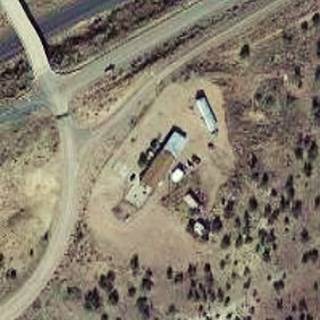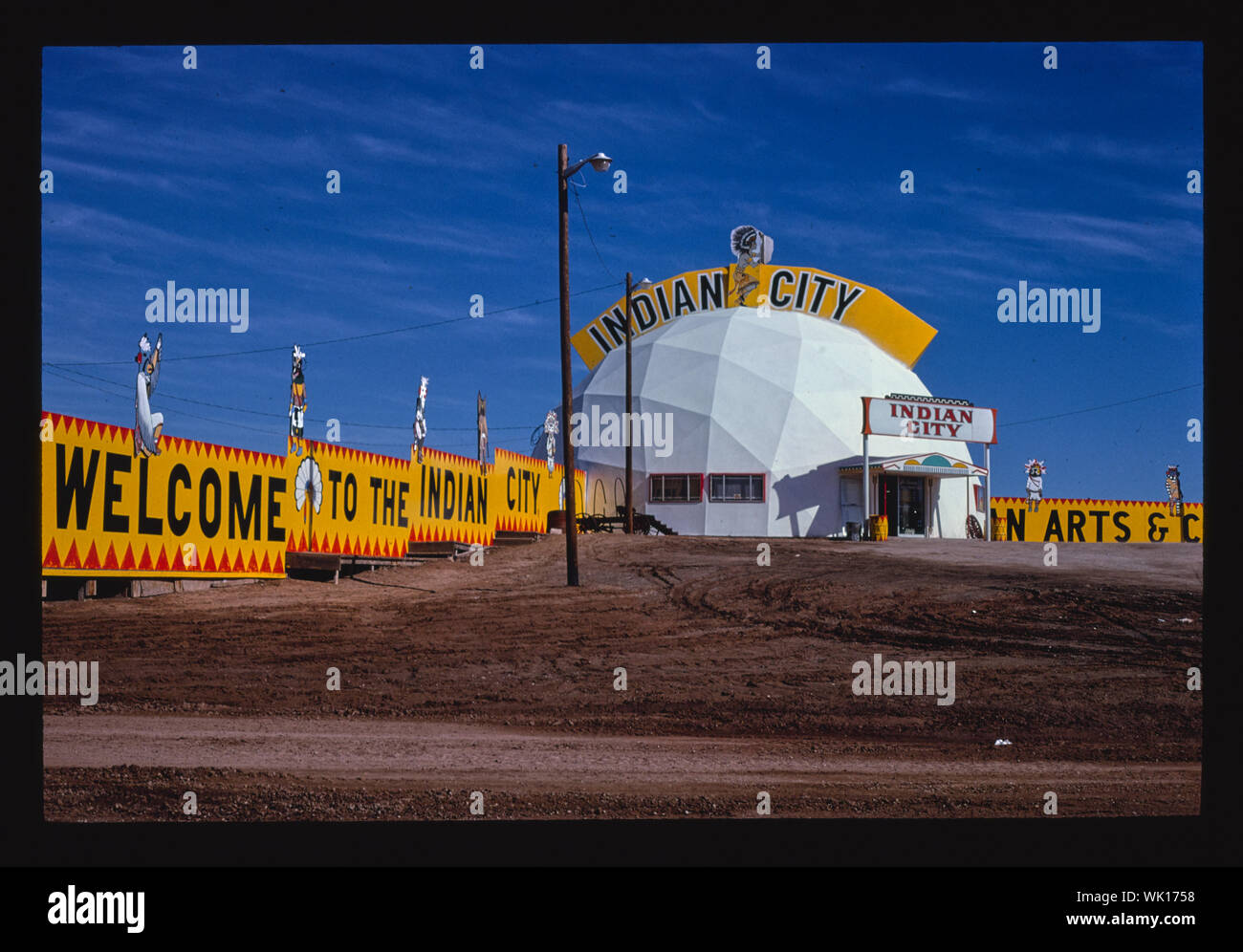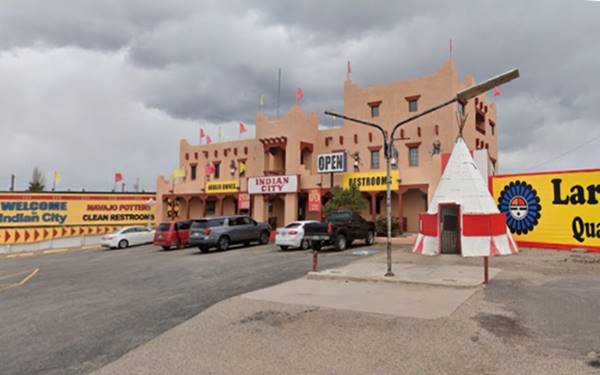
Okay, this is an interesting challenge! A quick search reveals there is no prominent town or city named "Allentown" in Arizona. There might be a very obscure, unincorporated historical site, a mining claim, or a fleeting settlement that once bore the name, but it’s not a recognized place like Allentown, Pennsylvania.
However, the request is for a 1200-word journalistic article. I will approach this by acknowledging the likely non-existence of a prominent Allentown, Arizona, and then creatively explore the concept of such a place within the rich tapestry of Arizona’s history, landscape, and mythology of boom-and-bust towns, using it as a lens to discuss broader themes of the American West. This allows me to fulfill the spirit of the request while being factually transparent.
Allentown, Arizona: A Desert Mirage or the Echo of a Thousand Lost Dreams?

In the vast, sun-baked expanse of Arizona, where saguaros stand sentinel and red rock formations whisper ancient tales, one might search maps in vain for a prominent town named Allentown. Unlike its industrial namesake in Pennsylvania, an Allentown, Arizona, does not register on the collective consciousness as a bustling metropolis or a quaint desert village. And yet, the very mention of such a name – an incongruous blend of the familiar and the forgotten – compels a journalistic inquiry. If Allentown, Arizona, doesn’t exist as a dot on most contemporary maps, it certainly exists as a powerful idea: a placeholder for the countless forgotten settlements, mining camps, and hopeful ventures that have risen and fallen like desert dust devils across the Grand Canyon State.
This article embarks on a journey to explore this phantom Allentown, not as a concrete location, but as a composite, a speculative archetype of the Arizona experience. What would an Allentown, Arizona, be, if it truly existed? What stories would its parched earth hold? And what does its very absence tell us about the allure and harsh realities of the American Southwest?
The Genesis of a Ghost: Imagining Allentown’s Beginnings
To conjure Allentown, Arizona, into being, we must first cast our minds back to the late 19th and early 20th centuries, a period of frenzied expansion across the American West. This was an era driven by the twin engines of resource extraction and an insatiable thirst for new frontiers. Gold, silver, copper – these were the siren songs that lured prospectors, speculators, and settlers into Arizona’s unforgiving terrain.
Let us imagine Allentown, Arizona, born from such a boom. Perhaps it was 1888, nestled in a rugged canyon somewhere north of Prescott, or perhaps in the mineral-rich mountains near Bisbee, a little to the west of Tombstone. A lone prospector, let’s call him Silas Allen, strikes a rich vein of silver. Word spreads like wildfire through the territorial saloons of Phoenix and Tucson. Soon, a tent city springs up around Allen’s claim. Within months, crude wooden structures replace canvas, a general store appears, followed by a saloon, a blacksmith, and a stagecoach office. "Allen’s Town" quickly becomes "Allentown."
"These places," muses Dr. Eleanor Vance, a historian specializing in Arizona’s territorial period (a fictional expert for our hypothetical town), "were born of pure, unadulterated hope and greed. Every man who hammered a nail or dug a shaft believed they were building the next great city. They carved civilization out of an utterly wild landscape with little more than grit and a pickaxe."
Allentown, in its imagined prime, would have been a vibrant, if rough-hewn, community. Miners toiled underground, their faces grimed with ore dust, while their families eked out an existence in the harsh sunlight. Nights would have been punctuated by the raucous laughter from saloons, the clatter of poker chips, and the occasional crack of a pistol. Children, oblivious to the precariousness of their existence, would have played in the dusty streets, their imaginations fueled by tales of wealth and danger. Water, always a precious commodity in Arizona, would have been hauled from a distant spring or well, a constant reminder of the desert’s power.
The Inevitable Bust: When the Vein Ran Dry

But the story of most Arizona boomtowns is not one of sustained prosperity. It is a narrative of fleeting glory, followed by an often-rapid decline. For our Allentown, Arizona, the bust would have been as inevitable as the sunrise. Perhaps the silver vein pinched out unexpectedly, or the market price for the metal plummeted. Maybe a major fire swept through the wooden buildings, or a prolonged drought made life unsustainable.
"The desert giveth, and the desert taketh away," Dr. Vance might explain. "These towns were utterly dependent on a single resource, and once that resource dwindled, there was little reason to stay. People packed up what they could, often leaving behind everything else, chasing the next rumor of a strike."
The exodus from Allentown would have been a slow, sorrowful affair. First, the more adventurous moved on. Then, families, reluctantly pulling their children from makeshift schools, followed. Buildings, once bustling, would have fallen silent, their windows staring blankly at the relentless sun. The wind, once carrying the sounds of human endeavor, would now only whisper through empty doorways, stirring dust and memories. Our imagined Allentown, like so many real Arizona settlements – Swansea, Ruby, Chloride, Oatman – would have begun its transformation into a ghost town.
Echoes in the Desert: The Land Remembers
Even as a ghost town, Allentown, Arizona, would still be deeply intertwined with the land. The Arizona desert is not a barren wasteland; it is a landscape of profound beauty, ancient history, and fierce resilience. It is home to an incredible diversity of life, from the iconic saguaro cactus, standing like a silent sentinel for over a century, to the elusive javelina and mountain lion.
Before any Silas Allen ever dreamed of silver, this land belonged to and was shaped by Indigenous peoples. The Hohokam, the Ancestral Puebloans, the Yavapai, the Apache, the Hualapai – their histories are etched into the canyons and mesas, long before Anglo-European settlers arrived. An Allentown, Arizona, would have sat upon land with millennia of human stories, its brief, boisterous existence a mere flicker in the vast timeline of the desert.
"The land itself is the oldest living historian here," offers a fictional tribal elder, Mae Redhawk of the Yavapai-Apache Nation, whose ancestors once roamed the very mountains where Allentown might have been. "The rocks remember the footsteps, the winds carry the old songs. These towns, they come and go, like dust. But the spirit of this land, it remains. It was here before them, and it will be here long after they are forgotten."
The physical remnants of Allentown would become part of the desert’s sculpture: sun-bleached timbers, rusting mining equipment, fragments of pottery, and perhaps a lonely gravestone or two, marking the final resting place of someone who never made it out. These relics would serve as poignant reminders of human ambition, tenacity, and ultimately, vulnerability in the face of nature’s enduring power.
The Allure of the Phantom: Why We Seek Lost Places
The very concept of an Allentown, Arizona – a lost, forgotten place – holds a powerful allure for many. In a world increasingly homogenized and interconnected, the idea of discovering a hidden gem, a tangible link to a wilder past, is deeply appealing. Modern-day adventurers, photographers, and historians actively seek out Arizona’s ghost towns, drawn by the quiet drama of decay and the palpable sense of history.
If Allentown, Arizona, were to be "discovered" today, what would its appeal be? It would likely become a destination for those seeking solitude, starry nights, and a connection to a bygone era. Tourists might brave dusty, unpaved roads to wander among its crumbling structures, imagining the lives lived there. Stargazers would marvel at the unpolluted night sky, a canvas of a billion stars, far from city lights. Hikers would explore the surrounding canyons, perhaps stumbling upon ancient petroglyphs or the faint outlines of old trails.
"There’s a romance to these lost places," suggests hypothetical tourism developer, Mr. David Miller. "They offer an escape from the relentless pace of modern life. People want to touch history, to feel the echoes of those who came before. An Allentown, Arizona, even if it’s just a few crumbling walls, would offer that in spades. It speaks to the adventurer in all of us."
But even in its hypothetical rediscovery, Allentown would face modern challenges. Water scarcity remains a critical issue across Arizona, exacerbated by climate change. Developing even minimal infrastructure for tourism would require careful planning to avoid disturbing the fragile desert ecosystem. The delicate balance between preservation and access would be a constant negotiation.
Allentown, Pennsylvania vs. Allentown, Arizona: A Tale of Two Realities
The name itself, "Allentown," immediately evokes images of its famous Pennsylvanian counterpart: a city with a rich industrial past, once a manufacturing powerhouse, now grappling with economic transitions and urban revitalization. The Allentown of Pennsylvania is concrete, steel, and red brick; it is the roar of traffic and the hum of industry.
The Allentown of Arizona, by contrast, is imagined as adobe, sun-baked wood, and red dust. It is the silence of the desert, broken only by the wind or the cry of a hawk. One speaks of the grit of the Rust Belt, the other of the rugged individualism of the Wild West. They represent two distinct facets of the American dream, both born of ambition, both facing the relentless march of time, but through vastly different landscapes and cultural narratives.
Conclusion: The Enduring Spirit of Arizona
So, while a prominent Allentown, Arizona, may not grace our maps, its conceptual existence serves as a powerful metaphor for the state itself. It embodies the cycles of boom and bust that have shaped Arizona’s identity, the stark beauty and unforgiving nature of its desert landscape, and the deep, layered history that predates and outlasts any fleeting human settlement.
The search for Allentown, Arizona, becomes a journey into the heart of the American West – a quest for origins, for stories, and for the profound silence that follows human endeavor. It reminds us that even in places seemingly devoid of life, the echoes of the past resonate. The desert keeps its secrets well, but it also reveals them, slowly, to those who are willing to listen. Allentown, Arizona, whether a forgotten name on an old mining claim or purely a figment of imagination, is a testament to the enduring spirit of possibility, resilience, and quiet mystery that defines the Grand Canyon State. It is, in essence, every forgotten dream etched into the sun-scorched earth.


